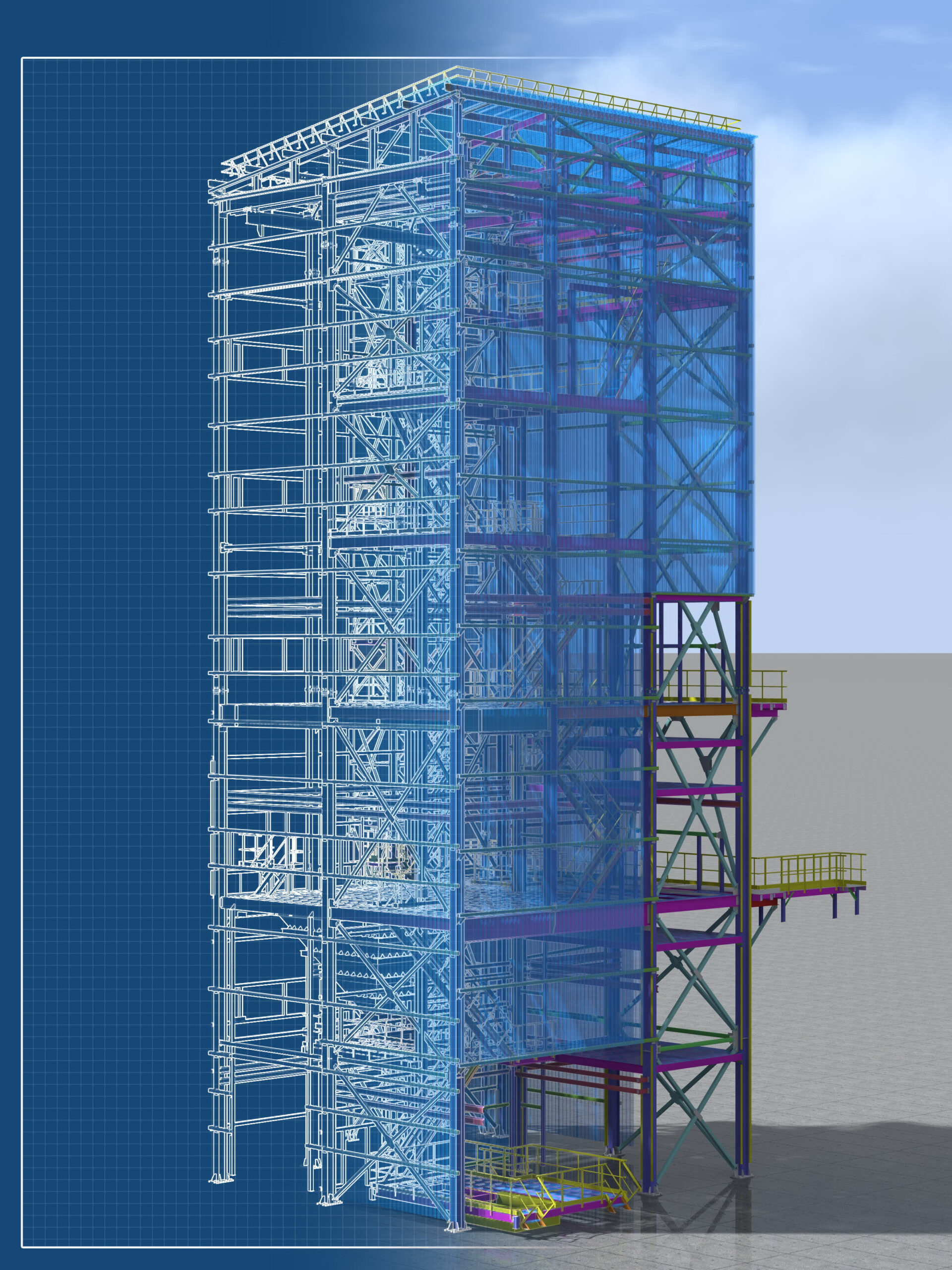Building Information Modeling (BIM) is revolutionizing the way the construction industry operates. BIM is a process that uses 3D models to create a digital representation of a building’s physical and functional characteristics. BIM is not just a technology, but also a set of processes used to create and manage digital building models. One of the most important benefits of BIM is its ability to reduce the cost and time of construction. By creating a digital representation of the building, construction teams can identify potential problems before they occur. This allows them to make changes to the design before construction begins, which can save time and money. In addition, BIM allows construction teams to better visualize the project and coordinate the different aspects of construction. This helps them to identify potential issues early on, allowing them to address them before they become costly problems. BIM also provides a more detailed view of the project, which can help to reduce the risk of errors and delays. Finally, BIM makes it easier to share information between stakeholders. This can help to streamline the project and reduce the amount of paperwork that needs to be processed. It also allows for better communication between the different parties involved in the project, which can help to reduce misunderstandings and help the project run more smoothly.
BIM Modeling Benefits
• Improved accuracy and quality: BIM modeling can reduce errors and omissions, as well as improve the accuracy of the design and construction process.
• Increased efficiency: BIM modeling helps to reduce costs and time by streamlining processes.
• Improved coordination: BIM modeling helps to reduce clashes between different systems and components, which can lead to quicker and smoother construction.
• Enhanced visualization: BIM modeling allows for a 3D representation of a project, which can help to provide a better understanding of the design and construction process.
• Improved safety: BIM modeling can help to ensure that the design and construction process is compliant with safety regulations.
• Better communication: BIM modeling can help to facilitate better collaboration between stakeholders, which can lead to improved communication.
Conclusion
Overall, BIM is quickly becoming an essential tool for the construction industry. Its ability to reduce the cost and time of construction is proving invaluable. By utilizing BIM, construction teams can identify potential problems before they occur, coordinate the different aspects of construction, and share information between stakeholders. All of these benefits are helping to make BIM the go-to technology for the construction industry.


